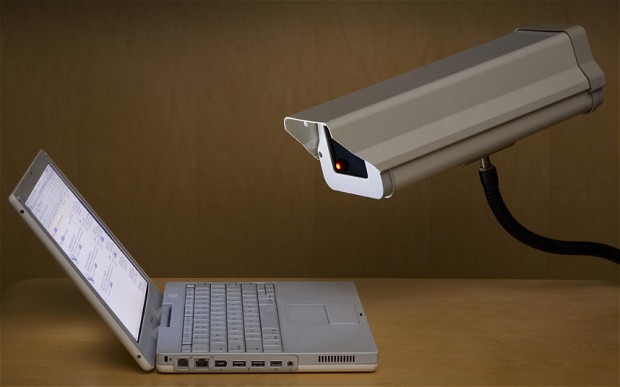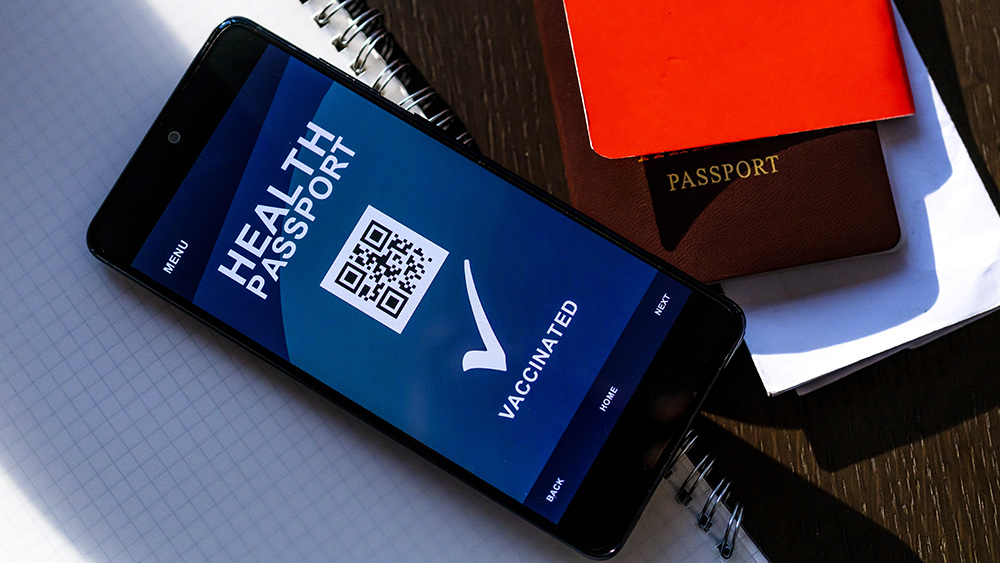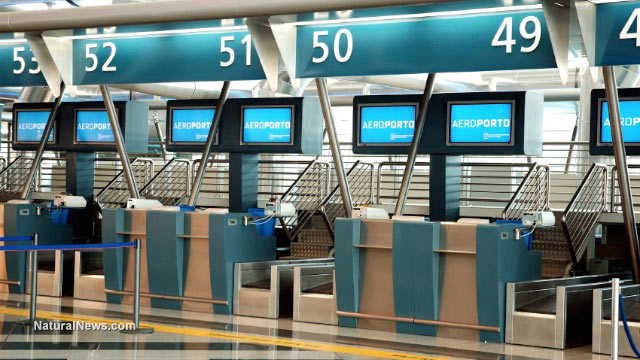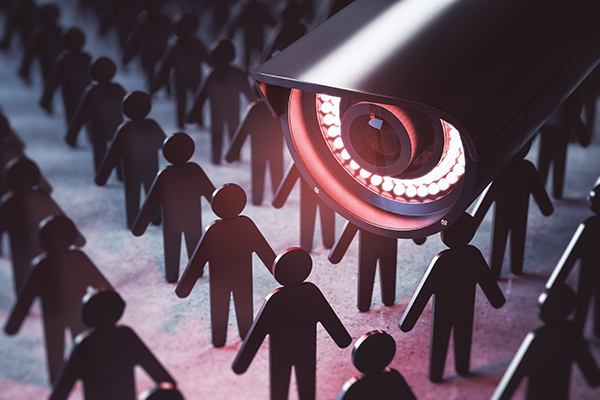Google veterans to launch drones with “most advanced AI” ever
06/06/2022 / By Divina Ramirez
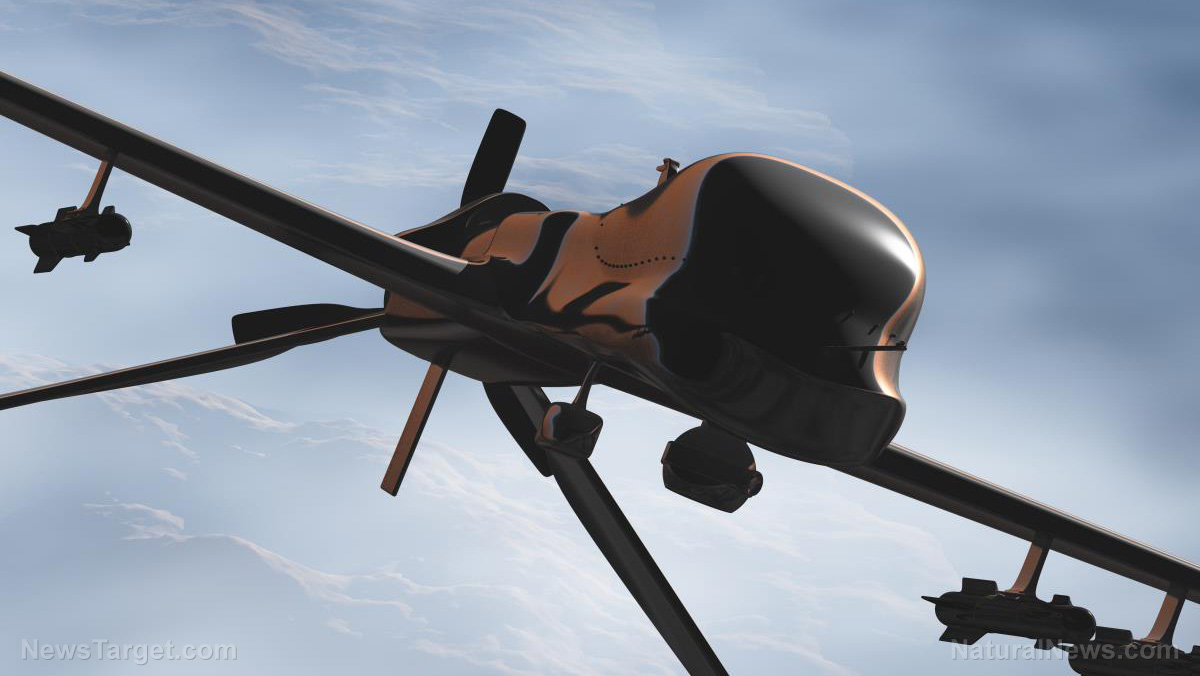
The United States Border Patrol (USBP) is set to test automated drones later this year from Skydio, a Redwood City, California-based startup. Skydio announced on Monday, March 8, that it had raised an additional $170 million in venture funding at a valuation of $1 billion. That brings their current funding to $340 million.
It’s not clear just how fast the drones, said to be the most advanced AI-powered ones ever built, are selling. But Dun & Bradstreet estimates that Skydio’s revenues in 2020 were just below $5 million. However, Skydio stated that those estimates were off. The U.S. Army Air Forces alone spent $10 million in the company’s drones in the last two years.
Furthermore, over 20 police agencies across the U.S. have drones from Skydio, according to Forbes. The figure was based on documents obtained through Freedom of Information Act (FOIA) requests and Skydio’s public announcements. Some agencies got a Skydio drone for free as part of a project to help amid the pandemic.
Experts posit that working with police agencies is part of the company’s attempt to compete with the dominant player in the commercial drone market: DJI. The Chinese drone giant commands 70–80 percent of the market in the U.S.
Skydio bills itself as an all-American alternative to DJI. It also claims it is shipping the most advanced artificial intelligence-powered drone ever built: a quadcopter priced at $1,000. The drone can “latch” onto targets and follow them while dodging obstacles and capturing everything on high-definition video. Skydio claims that their drones can also predict a target’s next move, even if that target were a pedestrian or a moving car.
Most advanced, autonomous drones made in the U.S.
Skydio’s prospects may have been helped by the U.S. government’s decision last December to blacklist DJI. It’s now designated as a national security concern and American companies are prohibited from exporting technology to the company.
The decision did not greatly affect DJI since customers in the U.S. can still purchase and use their drones. That said, some police agencies reportedly ditched drones from the company.
To fill in that gap, Skydio began promoting its drones’ self-flying technology and handed out drones for free. In an interview with Forbes, Skydio Cofounder and Chief Executive Officer (CEO) Adam Bry said that the company is working on making their drones trustworthy and able to fly without a pilot.
Bry worked as a software engineer at Google with Abraham Bachrach. They founded the company in 2014 with Matt Donahoe, who they met while attending the Massachusetts Institute of Technology (MIT). Bry and Bachrach had set up Google’s Project Wing, which aimed to utilize drones for delivery services.
But Skydio can do more than just large-scale delivery. Federal authorities and local police forces may find their drones helpful for conducting search-and-rescue operations or standoffs. Last year, a Special Weapons And Tactics (SWAT) unit had used a Skydio drone during a standoff with armed suspects in Massachusetts.
Drones could be used for government surveillance
Bry admits that working with government agencies and police forces might mean that their drones will be used in “potentially polarizing and charged situations.” However, he added that steering away from such a possibility just because it is controversial would be the wrong thing to do.
Bry also stated that they will not be putting weapons on the drones. “Weaponization is the one thing where you want less automation, not more,” he told the New York Times.
But even without weapons, some experts fear that government agencies could use the automated drones to spy on citizens and oppress society.
In a recent article, Matt Agorist, editor-at-large at the Free Thought Project, explained that behavior prediction and autonomous surveillance from above is enough to oppress citizens, even without guns.
News of Skydio’s autonomous drones is also particularly concerning given the Biden Administration’s “virtual” border. This “smart” wall is the government’s alternative to former President Donald Trump’s border wall, which received massive backlash from left-wing activists.
Now, experts warn that this new virtual border will pose a threat to immigrants and citizens alike. Unlike a real wall, a virtual border doesn’t just exist along the actual border dividing countries. It extends inland into private properties, airports, domestic roads and the like.
And although a smart wall will not be as physically offensive as an actual wall, autonomous drones, infrared cameras, sensors and facial recognition are far more ominous, warned Agorist.
Unfortunately, this might soon be the reality in the U.S. as the government considers implementing automated solutions to address problems brought on by the coronavirus pandemic. (Related: Cities using creepy “pandemic drones” to identify people with coronavirus.)
For example, automated drones can be loaded with data from immigration and health databases. These drones can then be used to immediately check people’s travel and health data at airports. People can be barred from traveling if suspected to be infected with the coronavirus even before they board the plane.
Read more stories about the dangers of AI-powered drones at Robots.news.
Sources include:
Submit a correction >>
Tagged Under:
artificial intelligence, drones, freedom, future tech, Liberty, privacy, robotics, robots, surveillance
This article may contain statements that reflect the opinion of the author
RECENT NEWS & ARTICLES
COPYRIGHT © 2017 PRIVACY WATCH NEWS



